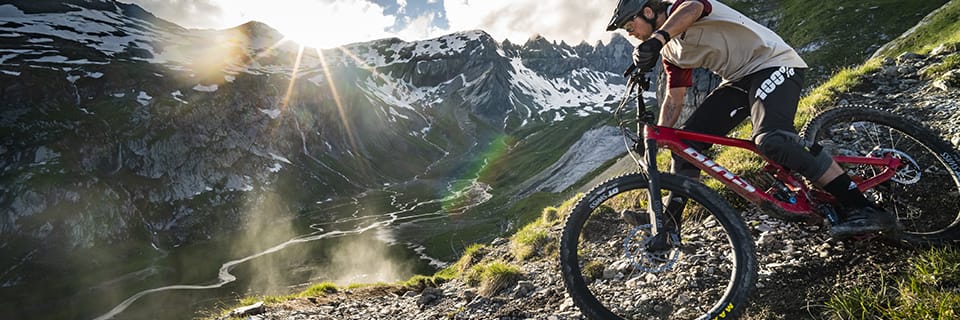Once you've identified the models that are compatible with your brake caliper, you can choose from a range of different pad types. MTB brake pads according to your needs and riding style. Here's all the information you need.
Standards
- Type of trim: organic, semi-metallic or metallic
- Type of support: steel, aluminum, ceramic
Types of inserts
Remember: different pad types can be adapted to each brake model.
Brake pads are always made up of two components: the lining and the backing.
The pad is the part that comes into contact with the disc. There are 2 main types: organic and metallic. The organic type, also known as "resin", offers the best performance when cold, i.e. when braking for the first time, but does not stand up well to high temperatures. Conversely, the metallic lining performs well on a hot brake, and therefore also stands up better to high temperatures. Some pad manufacturers offer an intermediate type called semi-metallic (or semi-organic), which combines the advantages and disadvantages of both types.
The pad holder ensures, among other things, heat dissipation, limiting the rise in brake fluid temperature. Most pad holders are made of steel, but aluminum is also available. Aluminum has a much greater heat dissipation capacity than steel. Some brands, such as SHIMANO, even offer aluminum brackets with a heat dissipator to enhance this performance.
Finally, some brands offer ceramic pads. Please note: it's not the pad that's made of ceramic. In these models, there is simply a ceramic "screen" between the pad and the support, as this material offers excellent temperature resistance, and therefore helps limit heat conduction to the brake fluid.
Which pads to choose?
Please note: when changing the type of brake lining, we strongly advise you to replace both the disc and the pads (e.g. if you had resin pads and are switching to metal ones). The running-in stage makes the disc compatible only with the type of lining used for this operation.
-
Touring
If you're taking your leisure mountain bike out for a ride, organic brake pads will give you maximum performance from the very first braking action.
-
Cross-Country
Equipped with your semi-rigid mountain bike for Cross-Country outings, organic pads will also be the most effective for delaying braking distances as much as possible. You can also opt for an aluminum bracket if your routes include a few long descents where the brakes are likely to heat up.
-
All-Mountain / Enduro
If you don't overuse the brakes, the organic aluminum bracket can be a good choice for braking at the last moment. However, if you have a heavy hand on the lever, or if the terrain forces you to stay on the brakes, you'll have to opt for metals that won't be afraid of overheating.
-
DH / Freeeride
In DH / Freeride, braking is as extreme as the terrain itself, so you need metal brake pads to ensure maximum performance throughout your run*.
*run : course
Découvrez tous nos conseils & Tutoriels
MTB - Brake Pads
-

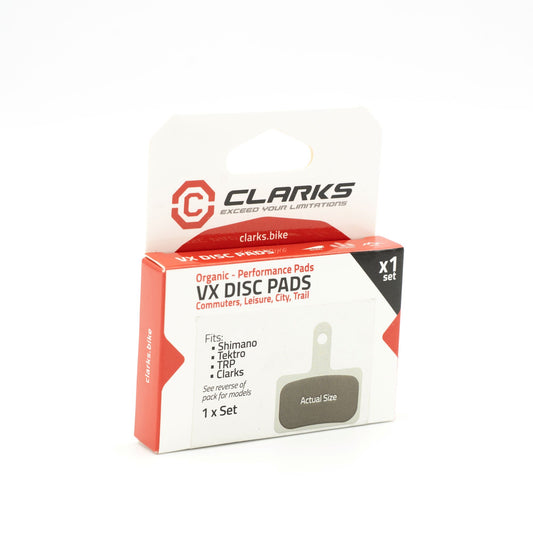
Brake Pads CLARKS Shimano B05S B03S B01S Deore Tektro
Regular price 2,99 €Regular priceUnit price per -
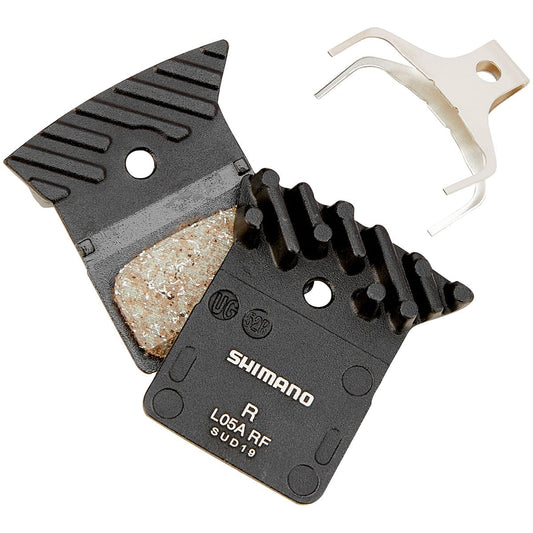
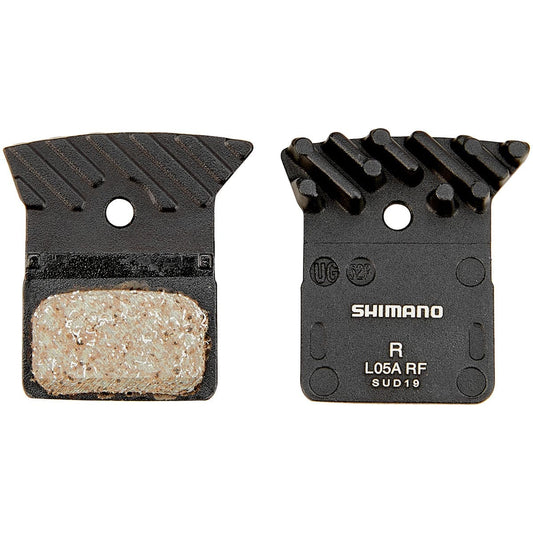
Brake Pads SHIMANO L05A-RF Dura-Ace/Ultegra/105/Tiagra/GRX/Metrea organics
Regular price 14,99 €Regular priceUnit price per -
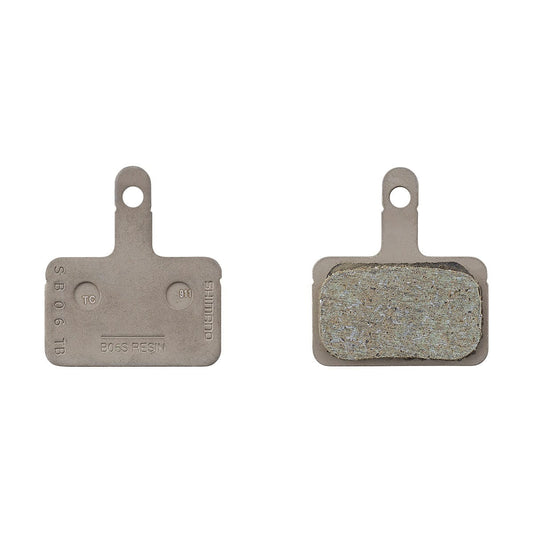
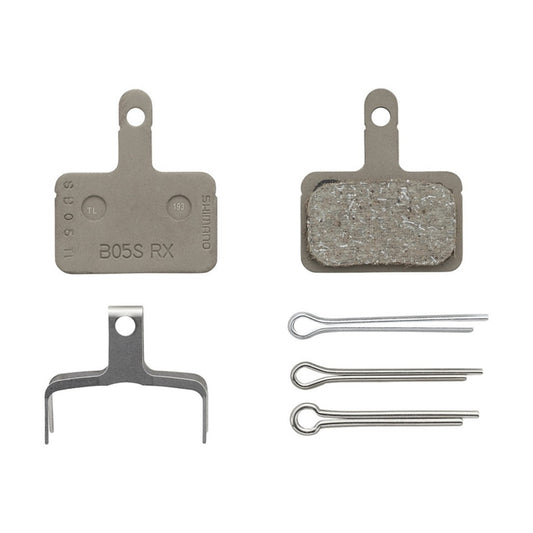
Brake Pads Organic SHIMANO B05S-RX
Regular price 5,99 €Regular priceUnit price per -
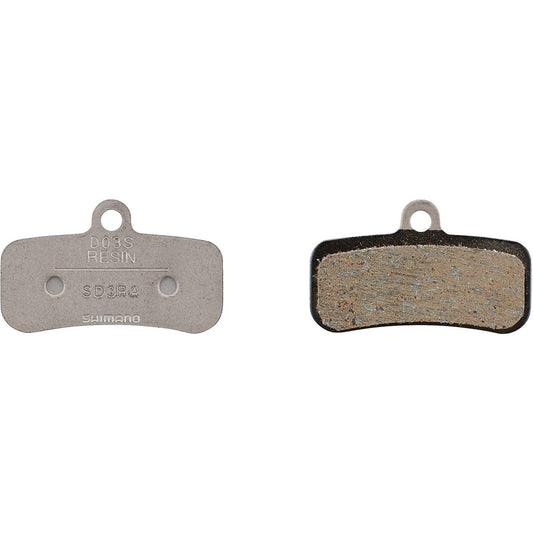
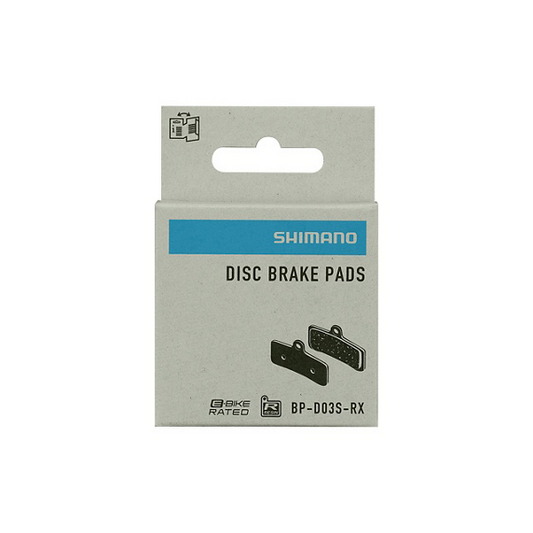
Brake Pads SHIMANO D03S organics
Regular price 15,99 €Regular priceUnit price per -
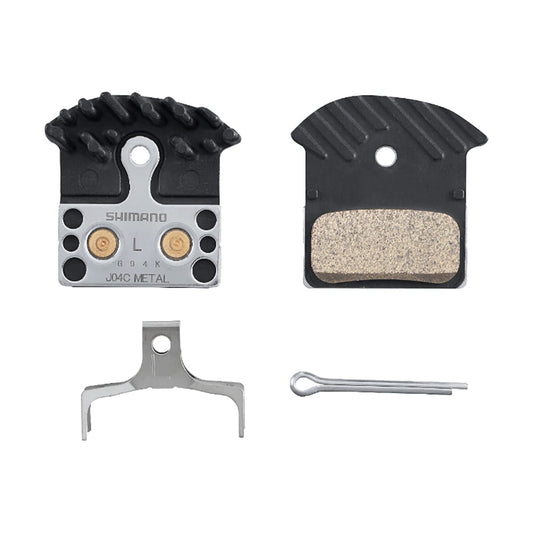
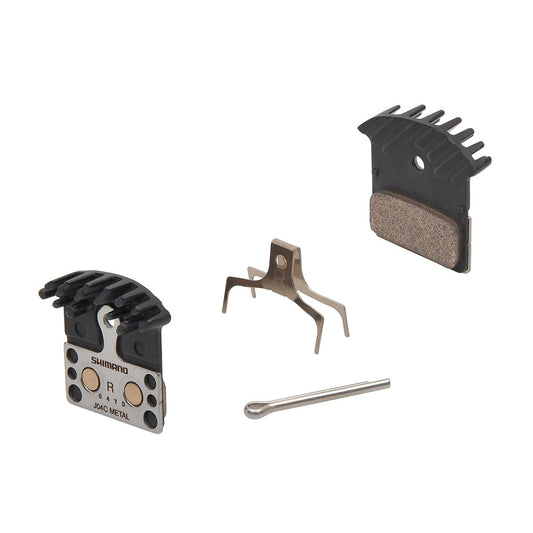
Brake Pads Metallic SHIMANO J04C Ice Tech XTR/XT/SLX/Deore
Regular price 15,99 €Regular priceUnit price per -
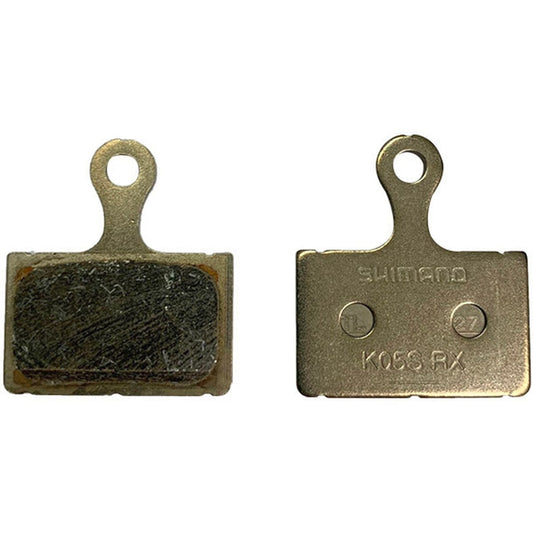
Brake Pads SHIMANO K05S-RX XTR/Dura Ace/Ultegra/105/Tiagra organics
Regular price 7,99 €Regular priceUnit price per -
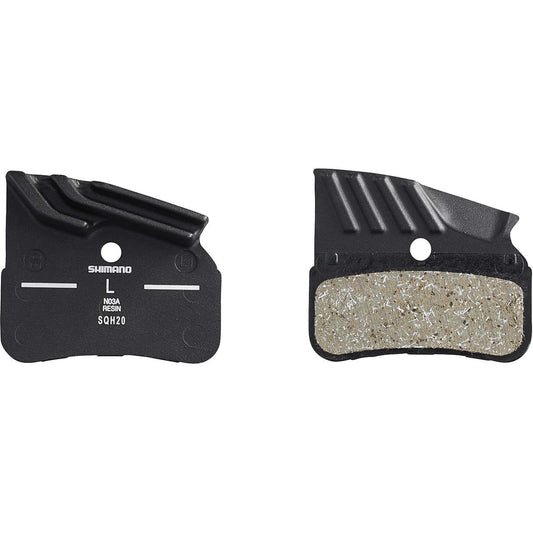
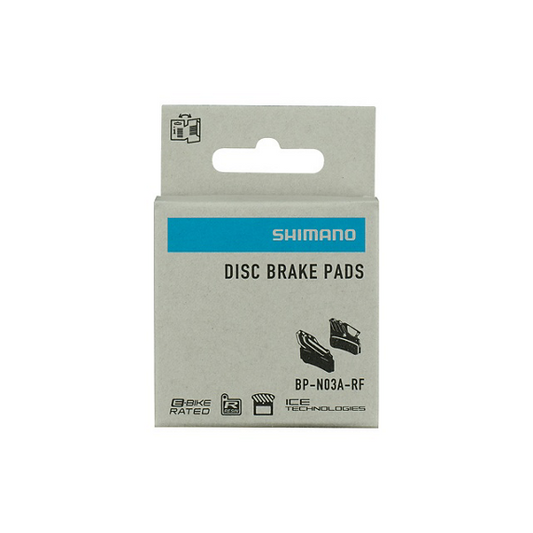
Brake Pads SHIMANO N03A organics
Regular price 19,99 €Regular priceUnit price per -
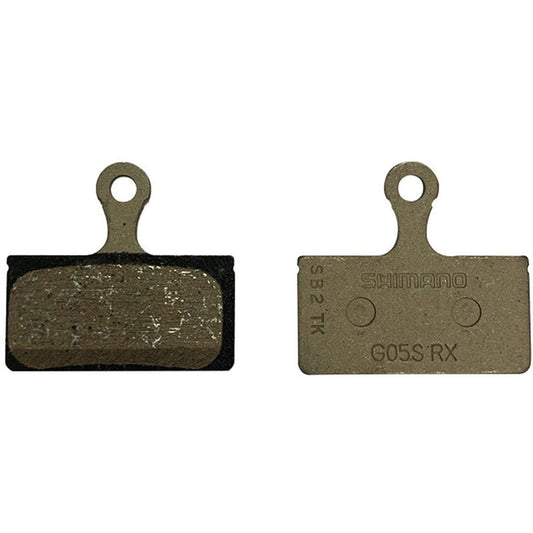
SHIMANO G05S-RX Organic Brake Pads
Regular price 9,99 €Regular priceUnit price per
